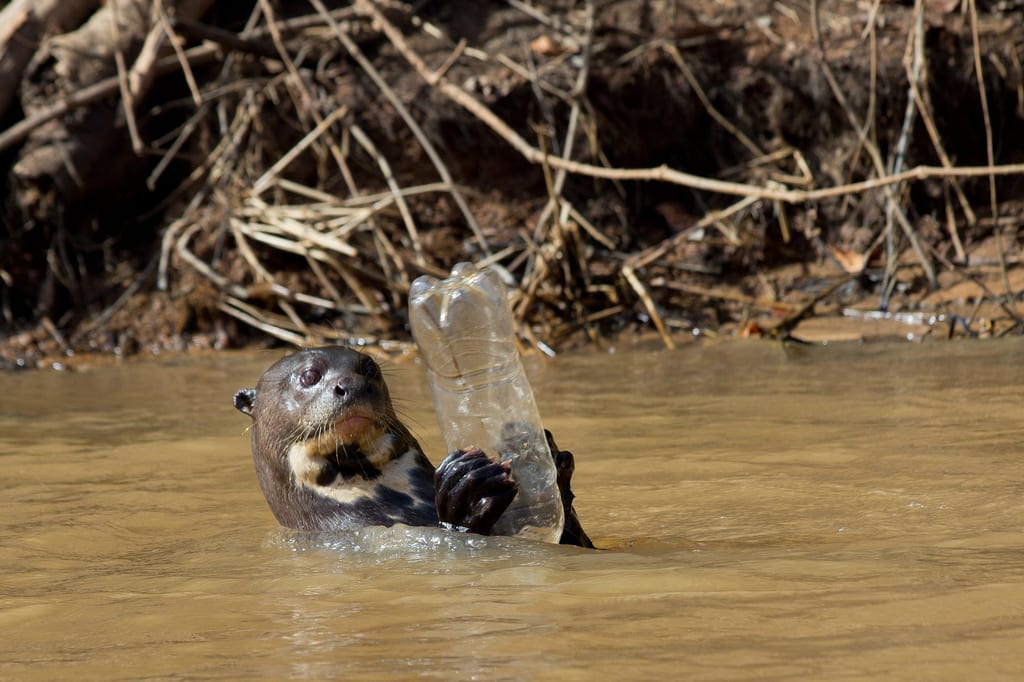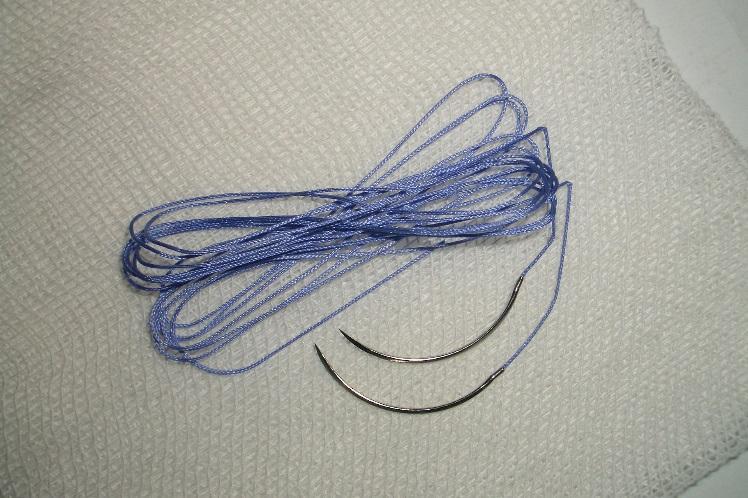
Consumer plastics is an immense industry, with over 200 million tons produced annually. Of these plastics, 22-43% end up in a landfill, where they sit, inert, slowly breaking down into small particles that enter the environment and interfere in the life cycles of many animals, especially aquatic creatures like fish and zooplankton. This negatively impacts the aquatic ecosystem and, ultimately, the seafood we eat.
This rising tide of trash threatens the environment on a massive scale. The difficulties in reversing this trend lie in our near-total dependence on a just few types of plastic, all of which are completely non-degradable under normal conditions.
Of these materials, polyethylene, polypropylene, polystyrene, and polyethylene terephthalate (PET) make up the bulk of consumer plastics, and with good reason. They have superior thermal, mechanical, and storage properties that allow them to be used in the staggering variety of applications where consumer plastics are employed. You can find polyethylene in plastic shopping bags, polystyrene in disposable cups, polypropylene in desktop organizers and bottle caps, and PET in water bottles.
What are polymers?
A polymer is a molecule that consist of many repeating units. Most polymers, such as commercial plastics, contain one single type of repeating unit. Polymers consisting entirely of carbon atoms (the lines without the atom specified in the above structures signify carbon) along the backbone generally are not biodegradable.
Polymers with only carbon along the backbone are known as “polyolefins.†Such structures do not have “weak†areas, especially along the backbone, where degradation can occur. Most commercial polymers are like this, with the exception of PET, which is in a class known as “polyesters.â€
The most common way biological materials degrade is through hydrolysis, in which a reaction with water molecules breaks covalent bonds in the material. Polyesters usually can degrade by hydrolysis, however PET is an exception due to the stabilizing influence of the benzene ring in the backbone. The presence of the benzene spreads out electrons of the ester bond over a larger area, making it less reactive. PET can eventually degrade in the same manner, it is just very slow compared to polyesters without benzene rings.
How can science address this problem?
The polymers used most commonly today are non-biodegradable; however, there is hope. Furious research in both the private and academic sectors is ongoing to produce polymers that can degrade naturally, but the design constraints are significant.
A degradable polymer must fulfill several conditions: it must match the material properties (thermal stability, pliability, toughness, hardness, stickiness, color, etc) of the commercial polymer it is replacing, the products it gives off as it degrades must not be harmful, and it must be economically viable to produce and use.
Degradable polymers in the real world
The most well-known degradable polymers are the ones used in dissolvable stitches. The synthetic version of these stitches are made from polyglycolic acid or polylactic acid. Under dry conditions these polymers are quite stable, however in the presence of water naturally occurring in the body they begin to hydrolyze along the polymer backbone. These materials are also classified as polyesters, however without a stabilizing benzene ring like PET has, they break down to release glycolic or lactic acid, both compounds that are well-tolerated by the body.

There is a fine distinction between degradable polymers, like polylactic acid, and biodegradable polymers. A degradable polymer will break down over time in response to a stimulus, usually the presence of somewhat acidic or basic water. However a biodegradable polymer is one that can be attacked by the enzymes of cellular organisms, usually bacteria.
Polyhydroxybutyrate is an example of a polymer that shows a great deal of promise as a biodegradable analog. It can actually be manufactured by bacteria, as well as be broken down by other bacterial strains, making it a promising candidate for the introduction of more cyclic production-use-reclamation (completely recyclable materials) approaches to consumer materials. It also displays properties more closely imitating some versions of consumer plastics. Currently production of these materials occurs on a much smaller scale than the non-biodegradable plastics due to the fact that they are much more expensive to produce.
The scourge of plastic trash is harmful to our planet. We are too dependent on plastic goods to divorce ourselves from them, so new approaches must be researched to lower the amount of waste we are putting into the environment. The development of polymers that can be turned back into feedstocks for the synthesis of more material holds promise as both an environmental and economic boon.
 Jeremy Yatvin is a native of Philadelphia, PA and is currently a Ph.D. Candidate at the University of Georgia studying surface and polymer chemistry under Dr. Jason Locklin. He studies how antimicrobial polymers work, synthesizes durable fire retardant coatings for textiles, and is developing new forms and applications for attaching complex molecules to surfaces. Outside of lab Jeremy's greatest passion is various forms of rock climbing around the Southeast United States. More from Jeremy Yatvin Jeremy Yatvin is a native of Philadelphia, PA and is currently a Ph.D. Candidate at the University of Georgia studying surface and polymer chemistry under Dr. Jason Locklin. He studies how antimicrobial polymers work, synthesizes durable fire retardant coatings for textiles, and is developing new forms and applications for attaching complex molecules to surfaces. Outside of lab Jeremy's greatest passion is various forms of rock climbing around the Southeast United States. More from Jeremy Yatvin |
About the Author
- athenssciencecafehttps://athensscienceobserver.com/author/athenssciencecafe/April 17, 2020
- athenssciencecafehttps://athensscienceobserver.com/author/athenssciencecafe/April 12, 2020
- athenssciencecafehttps://athensscienceobserver.com/author/athenssciencecafe/April 3, 2020
- athenssciencecafehttps://athensscienceobserver.com/author/athenssciencecafe/March 30, 2020







